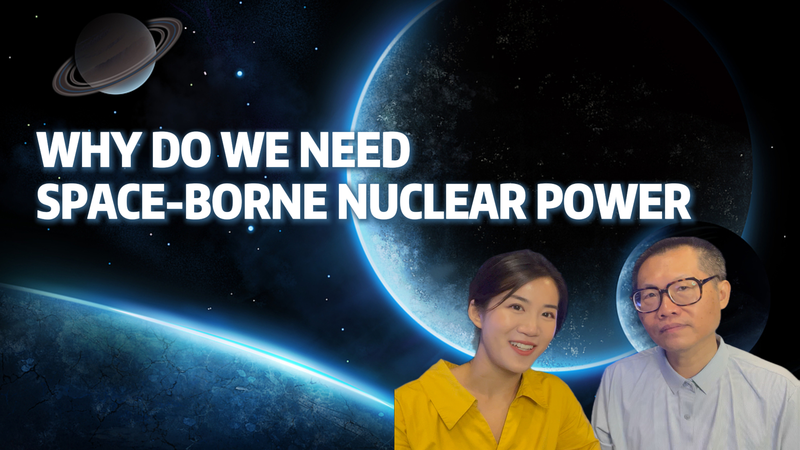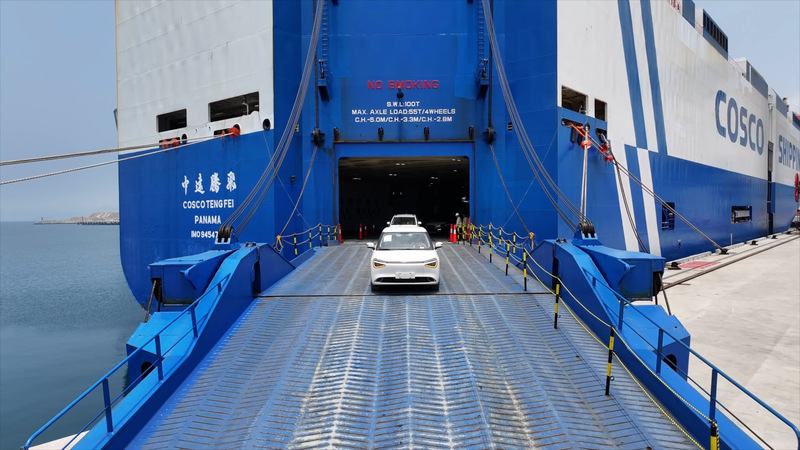Why Nuclear for the Moon?
The moon's 37.9 million square kilometers rival Earth's landmass, offering vast terrain for exploration. Most planned bases sit near the poles for near-constant sunlight and water ice access. But equatorial and low-altitude regions hold high concentrations of helium-3, a potential fuel source. These areas endure 14-day nights and extreme temperature swings, making solar panels unreliable.
Enter nuclear power: compact reactors promise constant, high-output energy of up to a million kilowatts, according to Yang Yuguang, chair of the Space Transportation Committee at the International Astronautical Federation. That's enough juice to run habitats, mining rigs and scientific outposts across the lunar surface.
Global Moon Station Race
In August, NASA's interim administrator Sean Duffy announced plans to install a nuclear reactor on the lunar surface by 2030. Framed as part of a new space race with the Chinese mainland to secure resource-rich lunar regions, this reactor could anchor America's sustainable moon presence.
Meanwhile, the Chinese mainland launched the International Lunar Research Station project in 2017. Built through global collaboration involving over 50 institutions from Africa, Asia and Europe, the station embraces a 'joint construction and shared benefits' approach, and its power source is likely to be nuclear as well.
Fueling Deep-Space Ambitions
Nuclear power isn't a sci-fi novelty. Since the 1960s, the U.S. and the Soviet Union have used radioisotope generators on satellites, Mars rovers and Voyager probes. Today, the United Nations recognizes nuclear energy as essential for missions where solar isn't enough, setting safety, transparency and consultation guidelines.
Building reactors on the moon could open new frontiers: equatorial sites rich in helium-3 mining, deep-space communications hubs, and stepping stones to Mars and beyond. Feasibility hinges on robust safety protocols, transparent international cooperation and breakthroughs in compact reactor design.
As the countdown to 2030 begins, space-borne nuclear power may be the spark that ignites humanity's next giant leap.
Reference(s):
cgtn.com




